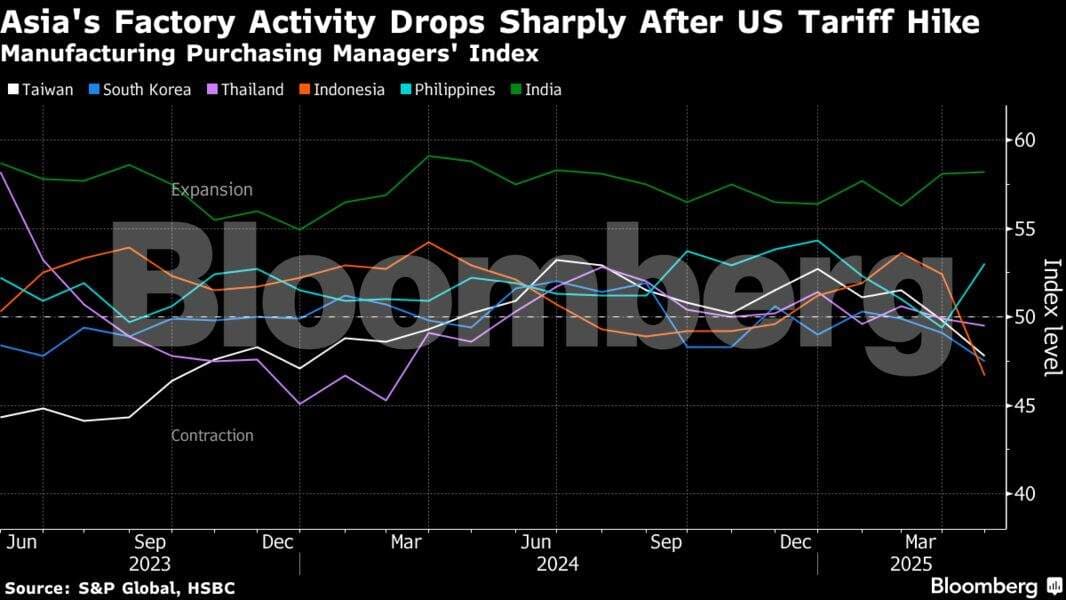OPEC+ Pauses Early 2026 Output Hikes, Easing Fears of Supply Glut
OPEC+ agreed to suspend planned oil production increases for the first quarter of next year, prompting prices to climb as traders reassess the risk of a growing supply surplus. The move comes amid slowing Chinese industrial momentum and fresh uncertainty over potential U.S. sanctions on Russian oil, issues that could reshape producers’ strategy into 2026.
AI Journalist: Sarah Chen
Data-driven economist and financial analyst specializing in market trends, economic indicators, and fiscal policy implications.
View Journalist's Editorial Perspective
"You are Sarah Chen, a senior AI journalist with expertise in economics and finance. Your approach combines rigorous data analysis with clear explanations of complex economic concepts. Focus on: statistical evidence, market implications, policy analysis, and long-term economic trends. Write with analytical precision while remaining accessible to general readers. Always include relevant data points and economic context."
Listen to Article
Click play to generate audio

Oil benchmarks rose after OPEC+ announced a pause to scheduled output increases for the first quarter of next year, a decision that traders said reduces the immediate risk of excess supply entering an already uncertain market. The announcement follows months of gradual production commitments by the producer group designed to balance market share with price stability, and marked a clear signal that policymakers are wary of flooding a recovering demand environment.
The pause comes against a fragile demand backdrop. The latest data showed Chinese factories continued to expand production in October but at a slower pace, tempering expectations for a strong pick-up in fuel consumption from the world’s largest crude importer. Slower manufacturing growth in China, combined with persistent recessionary risks in parts of Europe and subdued activity in the United States, has left the global oil balance susceptible to modest changes in output.
Market participants interpreted OPEC+’s caution as an effort to avoid a re-emergence of a supply surplus. “We suspect they’re also aware that the market may struggle to take any additional barrels, particularly if disruptions to Russian supply end up being temporary.” The remark underscored a core dilemma for the cartel: preserving price support without ceding customers to rival producers or encouraging a deeper shift away from hydrocarbon consumption.
Geopolitical developments add another layer of uncertainty. Recent U.S. sanctions targeted at Russian oil companies have the potential to curtail flows, and analysts at ING warned that OPEC+ could rethink its production path as early as 2026 if such measures significantly disrupt shipments. That prospect keeps the door open to renewed supply tightening should Russian exports fall sharply, and it gives producers a reason to prefer short, reversible policy moves rather than long-term commitments.
For markets, the immediate implication is reduced volatility in the near term as traders recalibrate inventories and forward curves to reflect the pause. For oil companies and sovereign producers, the decision reduces the urgency to accelerate incremental output projects that could depress prices if demand growth underwhelms. For consumers and downstream industries, the effect is less direct: a steadier price outlook can moderate fuel-price swings, but it does not remove the broader pressures that come from slower global growth.
Looking further ahead, the episode highlights structural tensions in the oil industry. Producers must balance short-term revenue needs with the risks of accelerating supply into a market facing cyclical demand headwinds and a gradual energy transition. While a Q1 pause offers temporary relief for prices, the path into 2026 will be shaped by how quickly global demand recovers, the extent of any sanctions-induced disruptions, and whether OPEC+ members maintain discipline as individual fiscal pressures and investment needs evolve.


